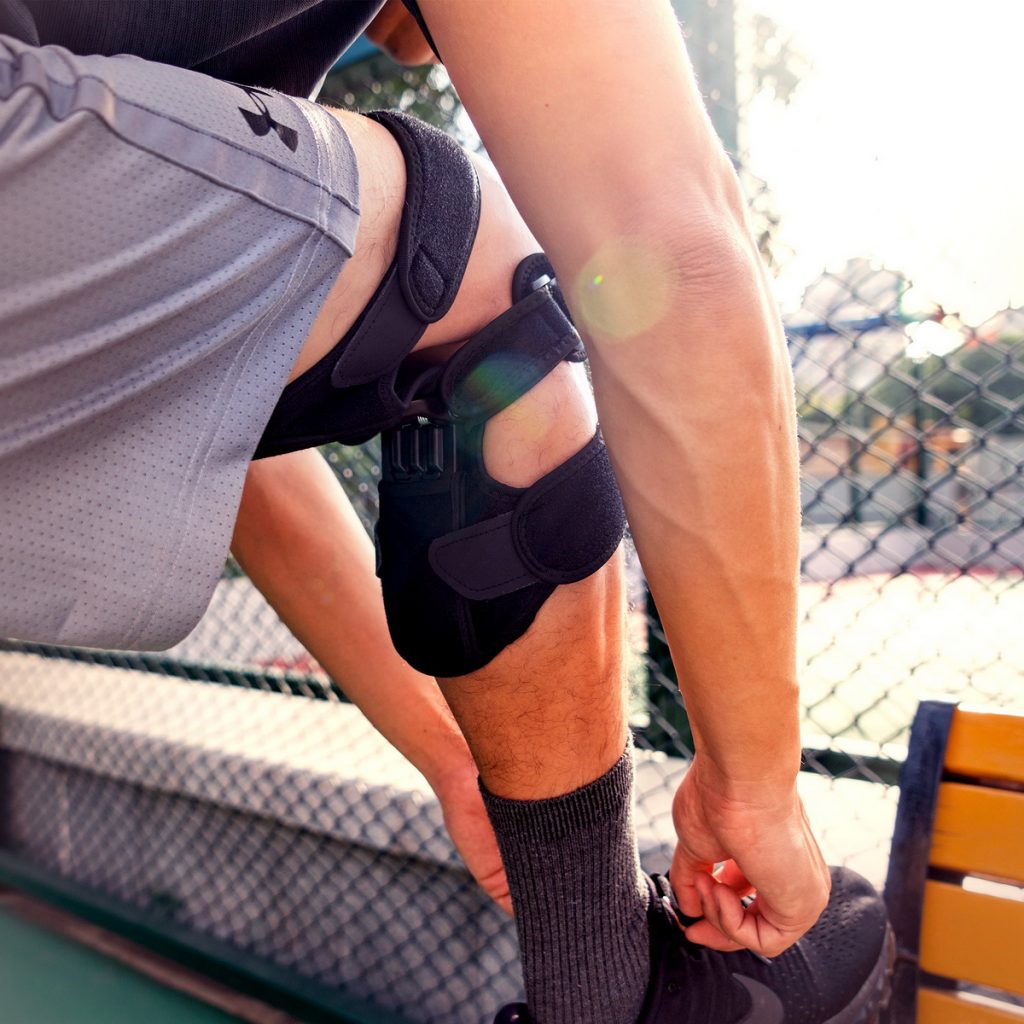Although shooting in an outdoor setting can yield stunning results, there are times when a studio is necessary. You can set up your all in one photo studio and create stunning studio photos with the help of this wonderful guide!.
Do you currently own a photography business and want to extend it? The most successful companies are constantly looking for ways to improve and implement better procedures to increase profits.
Owning your own photography studio allows you to express your creativity in an unrestricted way and differentiates you from the competition. Everything you need to know to build your own all-in-one picture studio will be covered in this post.
Tips to set up a home photography studio
1- Where Should your Photo Studio be Located?
Your clientele will choose where to build your studio. A nearby location would do if you are a portrait photographer who mostly serves local families. However, if your company primarily specializes in product or fashion photography, it would be wise to locate it close to the city center.
It is advisable to conduct a location survey and learn the going rates for potential studio locations. Make careful to include the costs of scaling up and transportation. You should make an educated guess as to the potential earnings you could expect from a professional studio. To determine the value a studio would add to your work, research the prices other photographers in your field charge.
When evaluating yourself, be brutally honest, and don’t be afraid to solicit feedback from your peers. You should first focus on bridging any skill gaps if you feel that the quality of your work is poor.
2- Interior Design Matters
After choosing a location for your photo studio, you should proceed to calculate the cost of any necessary repairs and renovations. Examine the areas in which you are an expert and take into account the space you have at your disposal.
You must designate regions for different tasks to use your available space effectively. A backdrop screen, a workstation, a filing cabinet for prints, furnishings, magazines, and toys are all necessities for portrait photographers. The final three items will aid in leaving a favorable impression on your clients. They’ll also contribute to creating a favorable atmosphere for word-of-mouth promotion of your photography portfolio.
On the other hand, food photographers might need a kitchen area with a table and chairs. To serve as photography props, souvenirs and trinkets are required by product photographers.
The color of the walls should complement the types of camera effects you enjoy using the most. If you want more light reflection and want to ward off shadows, soft hues like white are a fantastic choice. If your goal is to minimize glare, take note that matte finishes are preferable to glossy ones.
Because you’ll be moving stands around a lot, select smooth floorings like marble or wood. Such surfaces will also provide your ideal photography exquisite appearance with all one photo studio.
3- Lightning equipment
For the right brand message to be communicated, proper lighting is crucial. Product photographers need to capture the subject’s USP when taking pictures of jewelry, sporting goods, apparel, or equipment. The placement of the light source produces light and dark areas that give a portrait tremendous force. Even natural hues and moods can be altered to draw attention to a subject’s qualities.
If your windows face north and south, you may make use of natural light. Your studio will have plenty of access to the sun all day thanks to this alignment. You will unfortunately need to use artificial light sources because natural light is not continuous.
4- Setting up the Perfect Backdrop
Photography backdrops allow you to regulate the reflection of light and exposure while also adding a sense of context to your photos. Simply filling the background of a shot with the appropriate color can add a glitzy atmosphere. Artificial screens are required to act as backdrops in order to guarantee that the texture, lighting, and color temperature are all correct.
The least expensive alternative is seamless paper, which does a colored wall’s job very satisfactorily. Collapsible stands or wall mounts allow you to simply change or fold up seamless paper backgrounds. Remember to purchase holders, clamps, and clips to secure these screens.
Another simple backdrop material that is crease-free to maintain and clean is vinyl. To add some creativity to your shoot, experiment with different colors, textures, prints, and art backgrounds.
Conclusion
Setting up an all in one photo studio will provide you with total control over the photography work process, help your business grow, and reduce leasing costs. You shouldn’t, however, anticipate that opening your studio would increase your clientele.
You must advertise your company if you want to increase your clientele. You can achieve this by concentrating on the online portfolio presentation you use. By creating a captivating photographic portfolio online, you can draw in the most viewers. Here, you have a convenient digital platform of your own where you can post, arrange, secure, and sell your work.

